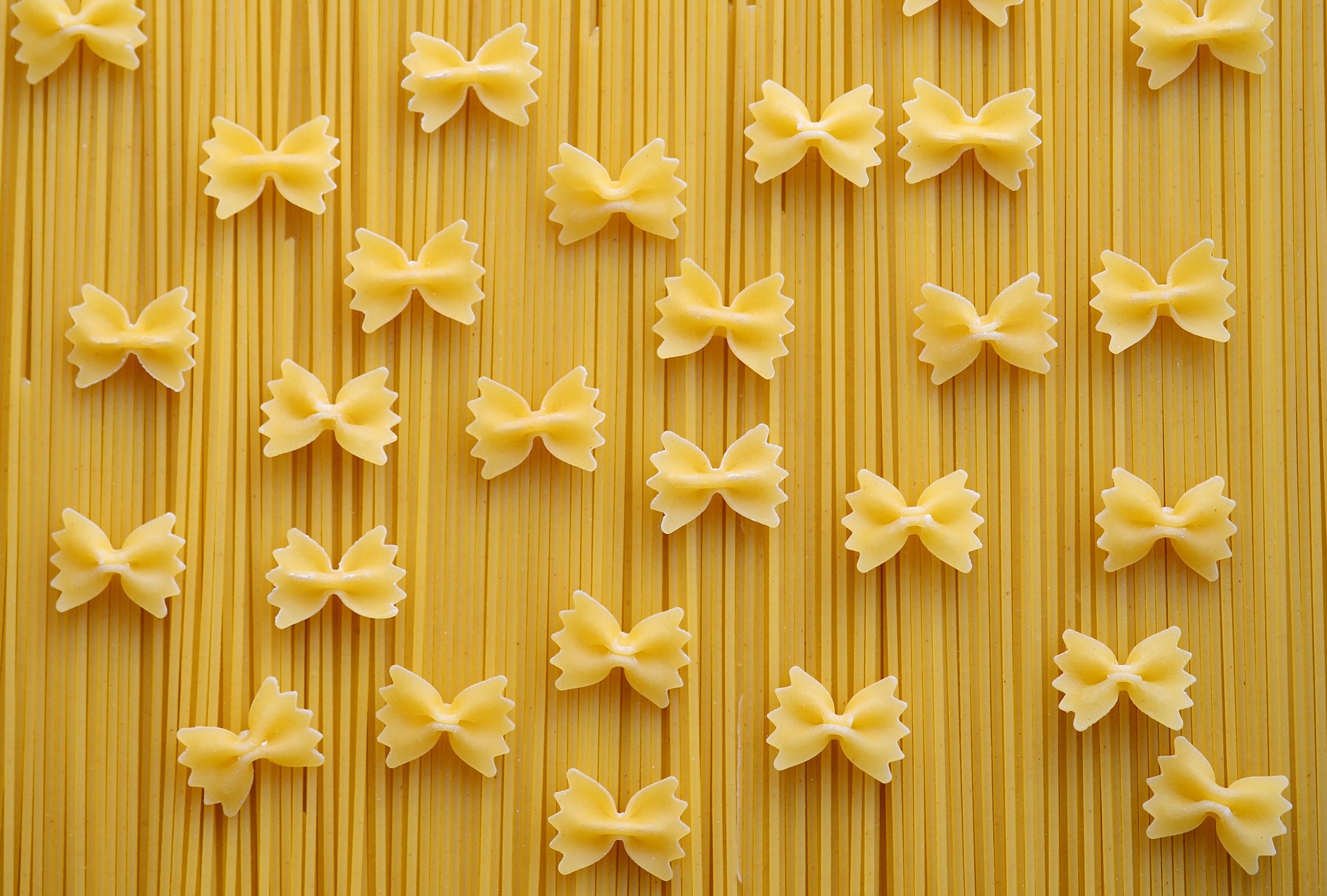 Plant Biology
Plant Biology
The 10,000-year evolution of pasta food revealed by its DNA
We have learned how the wheat crop has changed through time, thousands of years back to when it was a wild grass. Equipped with this new knowledge, wheat breeders are now able to identify genes useful for durum improvement and accelerate the development of new wheat cultivars with improved yields and health properties.

Durum wheat is one of the most important food crops for human consumption in the world, and it is used mainly for pasta production. The origin of this crop dates back to the Neolithic, about 10,000 years ago, in the Fertile Crescent, the cradle of civilization between the Euphrates and Tigris rivers in the Middle East. At that time, domesticated (i.e. cultivated) emmer wheat was selected by humans from wild emmer wheat.
Domesticated emmer wheat evolved through breeder selection, to make the modern durum wheat that we grow today for making pasta. The evolution of wheat has been a human-driven process, from the neolithic farmers who selected domesticated plants much more productive and performing than wild plants, to modern breeders who release modern durum wheat cultivated varieties.
Studying modern durum wheat at the level of the sequence of the DNA (in other words, at the level of the genome) is as important as studying wild relatives because some genetic characteristics lost during the breeding process may be rescued to improve modern varieties. Moreover, some features of the genome of the wild wheat can help in understanding the evolution of this crop, which has impacted our eating habits profoundly.
A recent study released the sequence of the durum wheat genome and compared it with the genome of its wild emmer wheat ancestor. This study discovered the evolutionary changes that have led to the development of modern durum wheat.
Indeed, it was the first time that an international team of scientists has defined the sequence of the genome of durum wheat for the cultivated variety "Svevo". This was a very challenging task given that the genome of this wheat is three times larger than the human genome and is full of segments of DNA that are repeated hundreds or thousands of times (so-called repetitive DNA).
In addition to describing the genome, this work led to the discovery of 66,559 genes. The identification of genes sequences in durum wheat DNA was critical, as many of the traits important for crop yield and pasta quality as well as crop resistance to diseases are controlled by them. Researchers and breeders now have powerful tools at their fingertips to study these genes and improve durum wheat.
We used the "Svevo" genome to compare the genomes of nearly 2,000 wheat lines in order to identify those DNA regions and genes that may have changed throughout the evolutionary history of durum wheat. Such a deep analysis of the durum wheat "genetic diversity" revealed a loss of beneficial genes, which were lost during centuries of breeding.
One gene that has been lost during domestication and breeding coded for a cadmium transporter, a protein with the function of reducing the metal cadmium from the wheat grain. In most modern durum wheat, the cadmium transporter gene is defective. This causes cadmium to build up in the grain, particularly in soils that have lots of metal present. Since too much cadmium can be detrimental to human health, breeders are working towards reducing cadmium in the grain.
It turns out that the transporter for cadmium is functional in the wild emmer ancestor and became defective during domestication. By using the genome sequences as a guide, we were able to determine that the cadmium gene was clearly functional in wild emmer wheat, then the non-functional version of the gene spread into modern durum wheat. The cadmium transporter gene is now just the beginning of a new age of gene discovery; with the newly available genome sequences, we expect there to be a lot of new exciting research emerging that describes genes that can be used for durum wheat improvement.
Original Article:
M. Maccaferri et al., "Durum wheat genome highlights past domestication signatures and future improvement targets", Nature Genetics, vol. 51, no. 5, pp. 885-895, 2019Next read: Mutations in the germline: How the mother repairs the father’s damaged genome by Siyao Wang , David Meyer , Björn Schumacher
Edited by:
Dr. Giacomo Rossetti , Senior Scientific Editor
We thought you might like
How almonds became sweet
Feb 7, 2020 in Plant Biology | 4 min read by Raquel Sánchez-Pérez , Birger Lindberg MøllerThe evolution of the new coronavirus: what the past teaches us for a better future
Apr 9, 2020 in Evolution & Behaviour | 3.5 min read by Akira OhkuboBat genomes: unveiling the secrets of their superpowers
Jun 18, 2021 in Evolution & Behaviour | 3.5 min read by Zixia Huang , Emma C. TeelingMore from Plant Biology
Unravelling the Secrets of Pine Roots: A Tale of Nutrition and Adaptation
Oct 20, 2023 in Plant Biology | 3.5 min read by Rafael Cañas , Francisco OrtigosaStressful memories help plants resist caterpillars
Oct 2, 2023 in Plant Biology | 3.5 min read by Samuel Wilkinson , Adam Hannan Parker , Jurriaan TonDecoding the genome of a jackfruit that grows all year round
Sep 6, 2023 in Plant Biology | 3.5 min read by Tofazzal IslamLife after logging: the tale of recovering tropical forests
Aug 21, 2023 in Plant Biology | 3.5 min read by Maria Mills , Terhi RiuttaEditor's picks
Trending now
Popular topics


